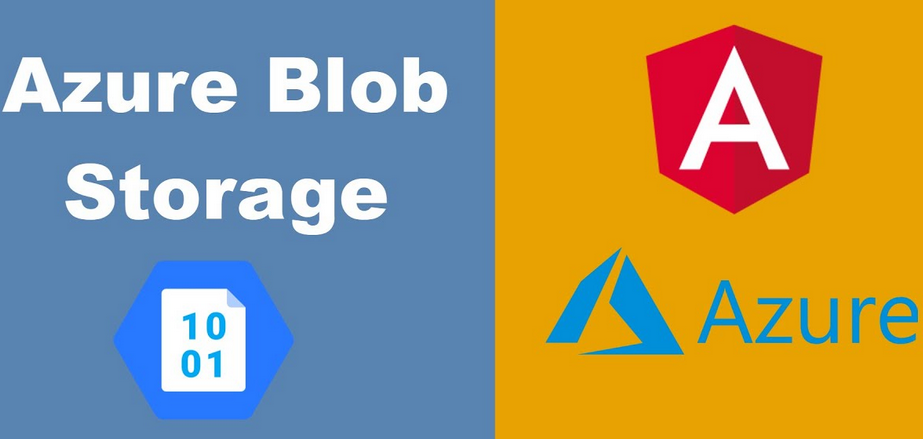We all agree that cloud computing has become an integral part of every modern company’s IT strategy and that it spearheads its digital transformation. However, it is often an overwhelming task for organizations to decide where to begin and what services to choose while ensuring the right balance of control and simplicity. In Chapter 1, Accelerating Your DevOps Journey with AWS, we focused on the importance of delivering business outcomes for customers. This is exactly what companies should have in mind as they finalize their cloud strategy. What would best help their teams to continue delivering delightful customer experiences? What would reduce the cognitive load of their software developers and fit their operating model at the same time?
An important categorization to aid this decision-making is the three cloud service tiers. They describe how you use the cloud services within your organization and the degree of management you’re responsible for in the cloud environment as a customer. Not all the tiers would equally fit your requirements; they can have a positive and negative impact at the same time. On one hand, they abstract the underlying complexity. On the other hand, they can affect your future flexibility in terms of control and change.
In this chapter, we will cover what these three tiers are and the differences between them. Choosing the right tier that aligns with your company’s operating model is an important decision for hosting your workloads in the cloud. This influences the operations and flexibility to change, which directly links to how easily you can deliver customer outcomes.
We will cover the following topics:
- The three tiers of cloud offerings
- Understanding your organization’s cloud operating model
- How to choose the appropriate tier for hosting your workloads
- Key AWS services
The three tiers of cloud offerings
Everything is offered as a service these days. You might have come across several terms such as IaaS, PaaS, and SaaS, which are part of a bigger trend of offering X as a service. Hosting all the hardwareand software components of your application stack on-premises requires a lot of effort and time. However, you can selectively offload some of these components to the cloud.
AWS and other cloud providers abstract the underlying infrastructure and platform, thereby only exposing what the end-users want to use. The interesting part is that some of these offerings have now extended beyond the service provider’s data center and are offered as a managed service, directly running in customers’ on-premises environments in racks managed by AWS. This new cloud trend of hybrid-deployment models is evolving in several domains such as containers, databases, and end-user computing.
Let’s have a look into the differentiating capabilities across the three tiers and the degree of service management they offer.

